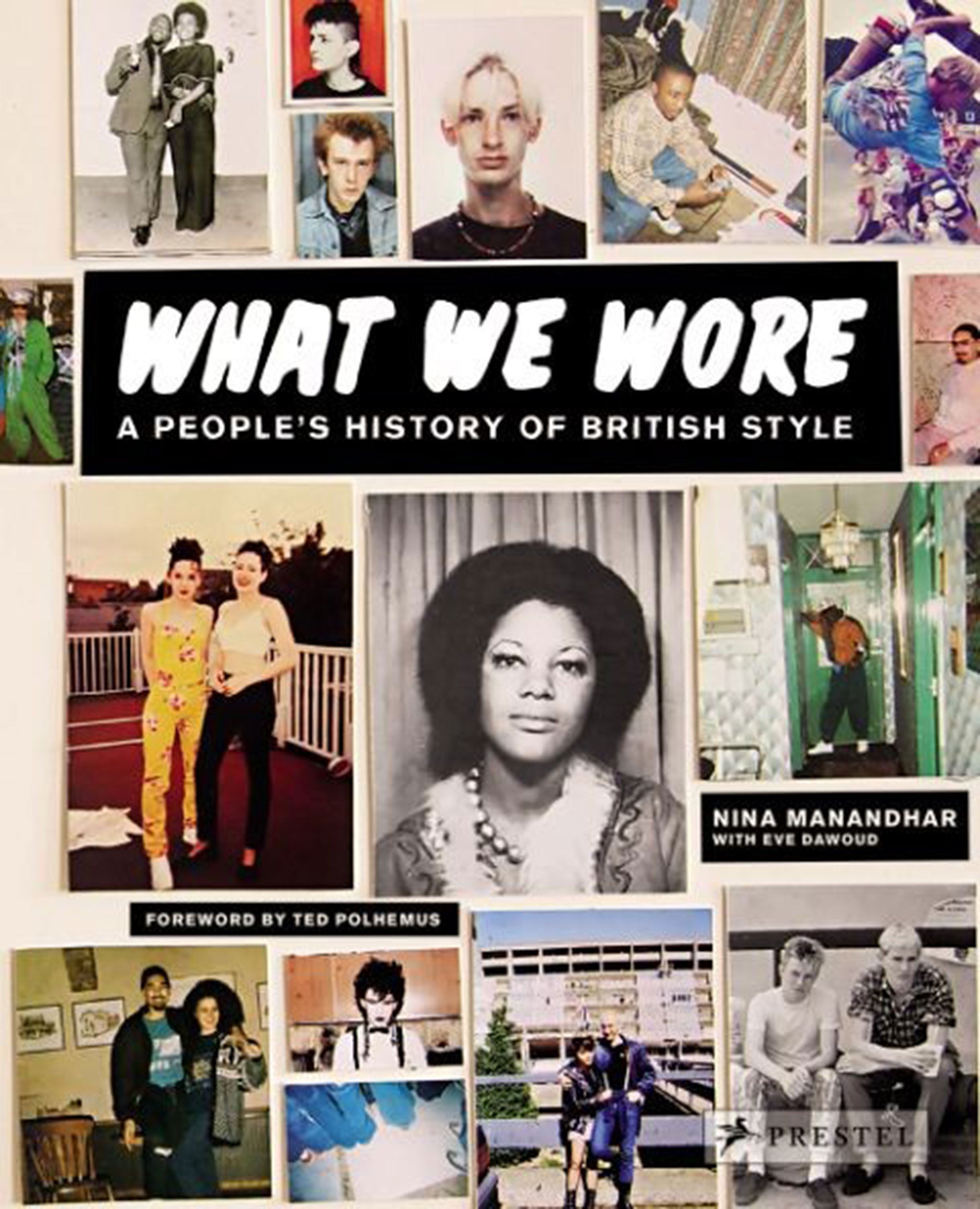What We Wore, Nina Manandhar: 'It’s the little details that tell the story'
A new book compiling personal photos which pinpoint time and place through style shows that fashion history is about much more than museum pieces

If you looked back through your old home photos, would you cringe or think they were cool? Firmly in the latter camp is Nina Manandhar, a photographer who specialises in youth culture and the founder of what-we-wore.com, which has just had its first print edition published. A scroll through the reader-submitted images which document changing styles and attitudes from 1950 to the present day, is a sociological gold mine. A flick through the pages of people posing in back gardens, teenage bedrooms, on holiday and in nightclubs is almost guaranteed to send you rummaging in shoeboxes and attics for snapshots of your own youth.
One of the beauties of the project is the way that it combines the pictures of ordinary people alongside those of famous or interesting figures such as the DJ and broadcaster Don Letts, the artists Jeremy Deller and Tracey Emin, and the fashion designers Giles Deacon and Luella Bartley. Beside each picture are personal stories documenting why they wore what they did, where they were going and what it meant to them.
“I was on my way to Innovation at Camden Palace in a sports bra and satin skirt with my Moschino belt,” says Juliette Hedoin, a former clubber and one of the contributors to What We Wore. “I always wore my sunglasses at jungle raves. Perfect for when you left the club and the sun was shining at 7am! I’d wear hotpants underneath my skirts to save embarrassment when dancing on top of the speakers.”
Manandhar set out to recontextualise familiar subcultures such as mods, rockers and soul boys, as well as more obscure style tribes, by telling people’s stories in their own words. “These images provide a real context to the outfits, with anecdotes and memories, rather than just an image floating on the internet,” she explains. “As we use Tumblr, Google Images and Pinterest more and more, images can all too easily lose their backstory.” From a photographic point of view, using amateur snaps is important, too. “There’s something about pictures taken by real people that’s so subtle, and it’s the little details that tell the story. The way you look at your friend, mum or dad when they’re behind the camera is so different to the expressions captured in straight-up street style shots in a magazine, for example.”
Documenting a time through personal style stories is important, agrees Carri Mundane, a fashion designer and What We Wore contributor. She describes her look during her time at art college as “cyber faerie”, explaining: “I have always been obsessed with tribes but never felt part of one. My identity samples from lots of subcultures, which is more common now but was rarer in the Nineties when I was growing up.”
That sense of mixing and matching, the way that not everyone’s identity can neatly be categorised, is a recurring theme in the book, while others subvert stereotypes completely. Riaz Khan, for example, a British Asian from Leicester identified as a “football casual” in the Seventies, a youth movement usually thought of as purely white working class, and associated with overtones of racism.
Street style is now a popular genre of publishing, with countless books, blogs and magazine features documenting dress. But, as Ted Polhemus – an anthropologist who pioneered the genre and wrote the foreword to What We Wore – explains, there’s still room to stand out in a crowded market. “When my street style exhibition opened at the Victoria & Albert Museum in 1994, someone wrote in a review that you could tell when something is ‘finished’ because they put it into a museum. I actually thought that was about right. It can’t be denied that books, magazine articles, exhibitions and so forth all take some of the freshness and bite out of subcultures. Even more dangerous to the health of street style are all the hordes of ‘cool-hunters’ from marketing and fashion. What We Wore is a bit different because the people involved choose to exhibit themselves, and there are no hipness police to reject that which doesn’t measure up to current style obsessions.”
On the topic of cool-hunting, and how an archive such as this could be rather attractive to brands putting together their inspiration mood boards, Manandhar is firm in her stance. “It’s not aimed at brands. It’s been set up so that everyone can look at it and access it and everyone can submit something. I want it to grow as a resource and spread to other countries, too. I really do see the book as the first chapter in the project and still want people to keep sending in their images.”
Sharmadean Reid, the owner and founder of WAH Nails, has her own diary and photo booth snaps in the book, along with her observation that the way she dressed as a teenager – a mix of sportswear and formal tailoring – is still the basis of her style now. Reid puts the success of the project down to the fact that we can’t resist a trip down memory lane: “Looking at old pictures makes you laugh, feel surprised and nostalgic. I love seeing my mood captured in a specific space and time on something tangible like this. In the internet age, that’s easily lost.”
What We Wore, published by Prestel, is out now. The What We Wore Archive is open for submissions at what-we-wore.com
Subscribe to Independent Premium to bookmark this article
Want to bookmark your favourite articles and stories to read or reference later? Start your Independent Premium subscription today.

Join our commenting forum
Join thought-provoking conversations, follow other Independent readers and see their replies